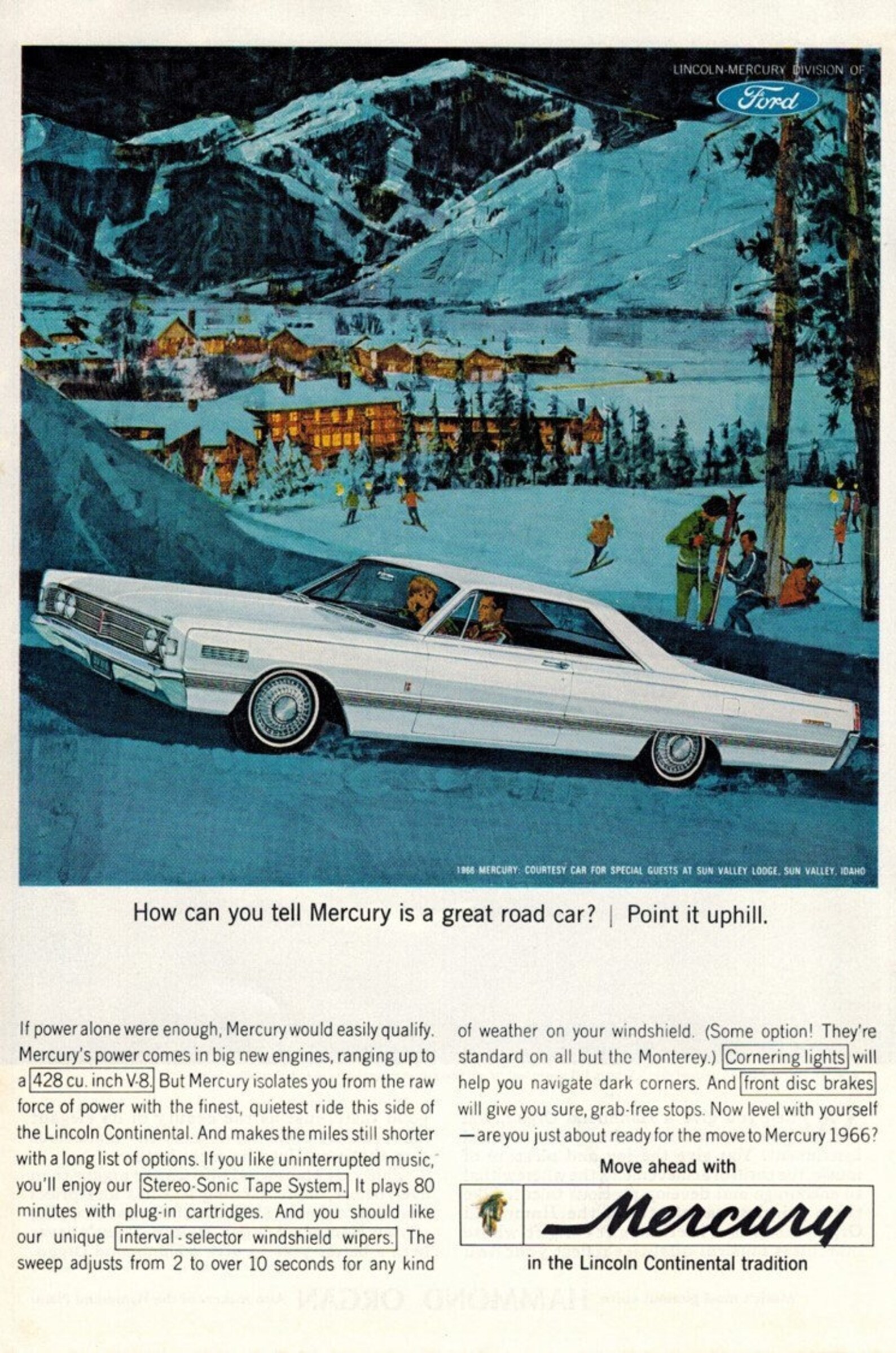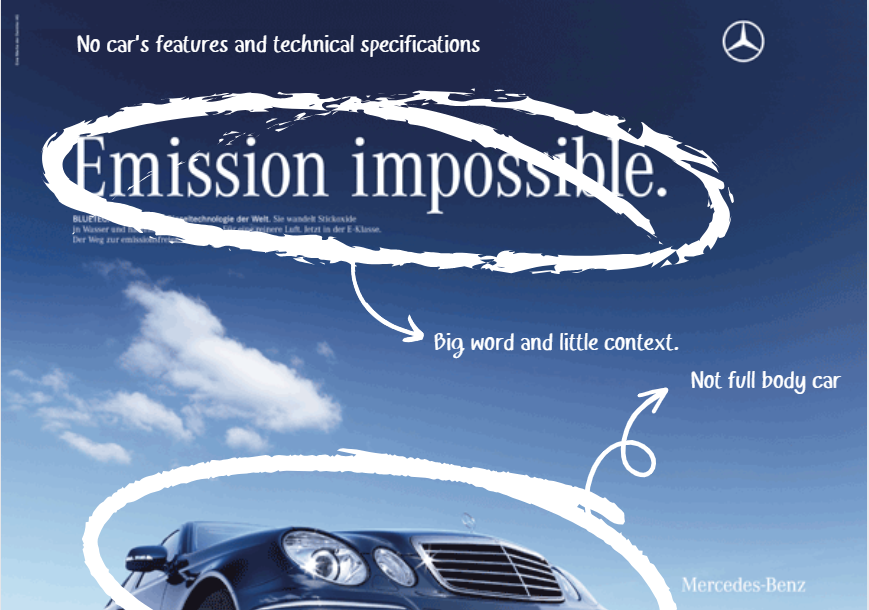
Advertising can be analyzed in terms of its denotation and connotation. Denotation refers to the literal or surface-level meaning of the advertisement, while connotation refers to the deeper, more implicit meanings that are communicated through symbols and associations.
For example, let's take a car advertisement. The denotation of the advertisement would be that it is promoting a specific car model, highlighting its features, price, and other technical specifications. However, the connotation of the advertisement would be the more subtle messages that it communicates about the car, such as its status symbol, luxury, and lifestyle associations.

Overall, analyzing the denotation and connotation of advertising can help us understand the deeper meanings behind these messages, and how they are used to appeal to consumers.
DENOTATION
-ˋˏ✄┈┈┈┈┈┈┈┈┈┈┈┈┈┈┈┈┈┈┈┈┈┈┈┈┈┈┈┈┈┈┈┈┈┈┈┈┈┈┈┈┈┈┈┈┈┈┈┈┈┈┈┈
CONNOTATION










😎
ReplyDelete😳
ReplyDelete